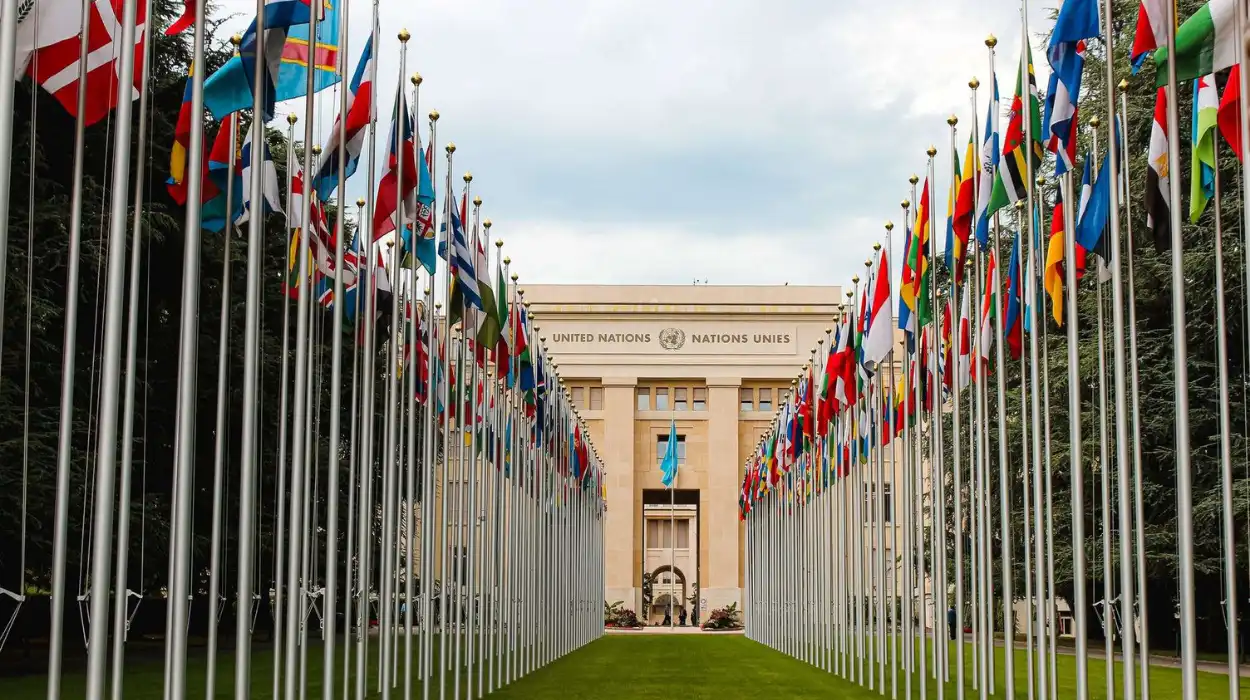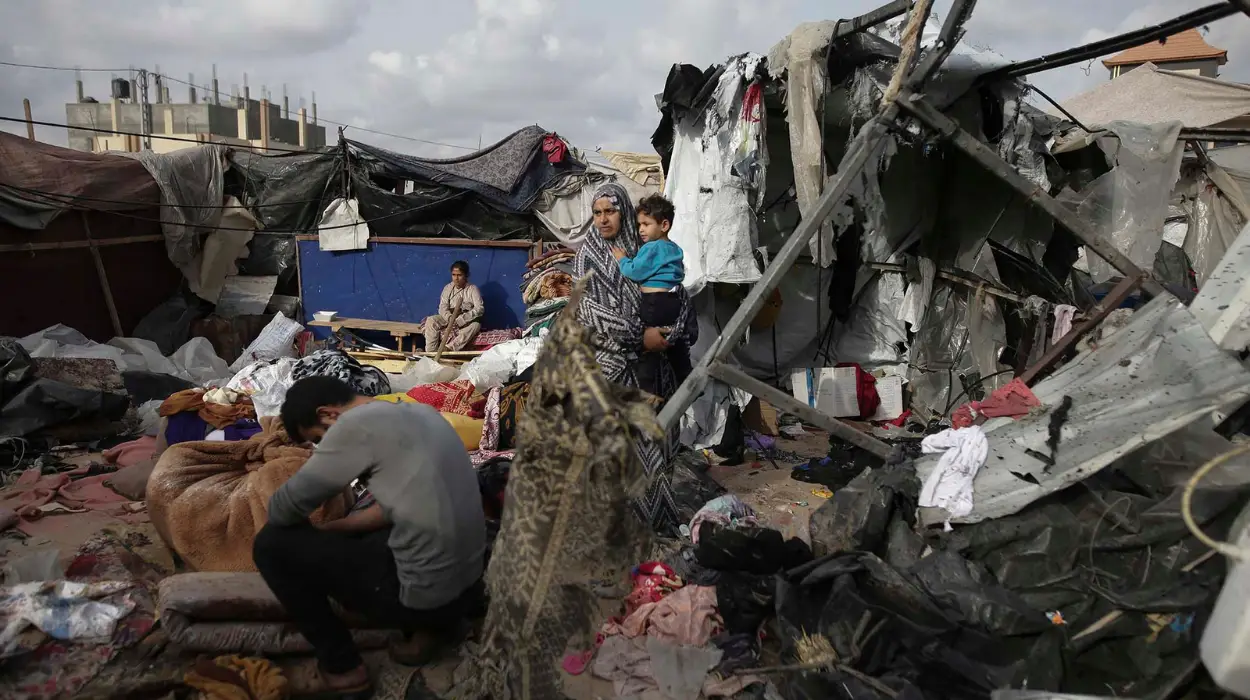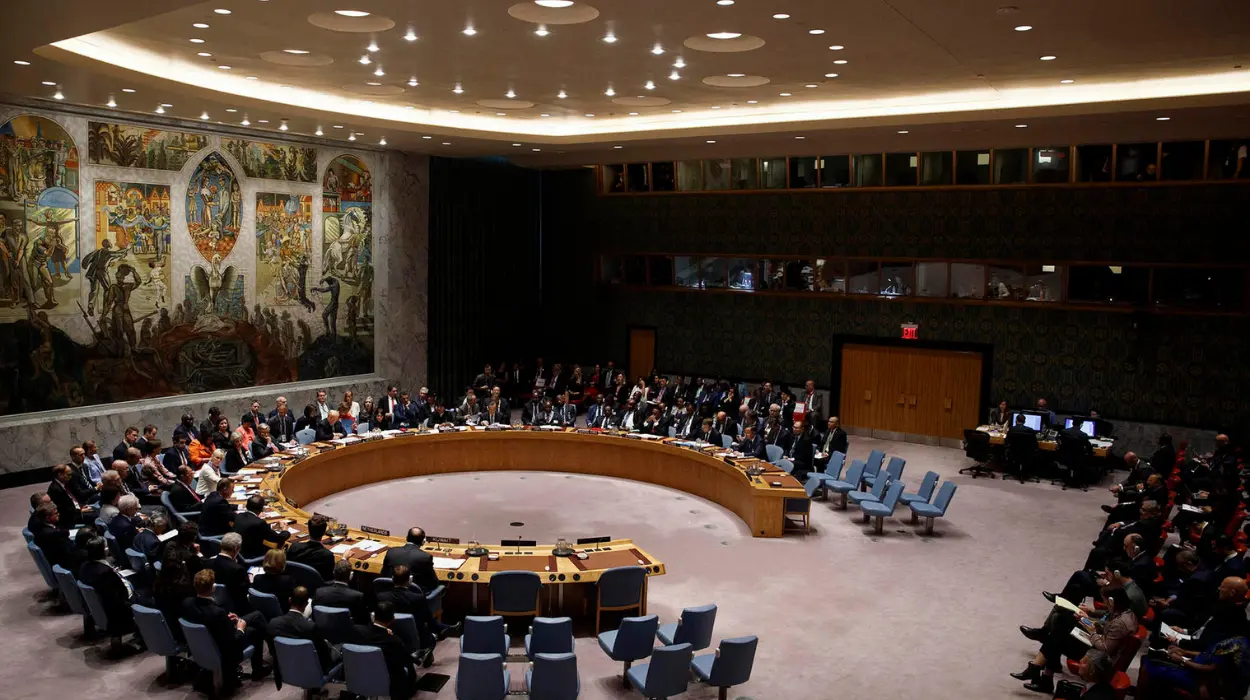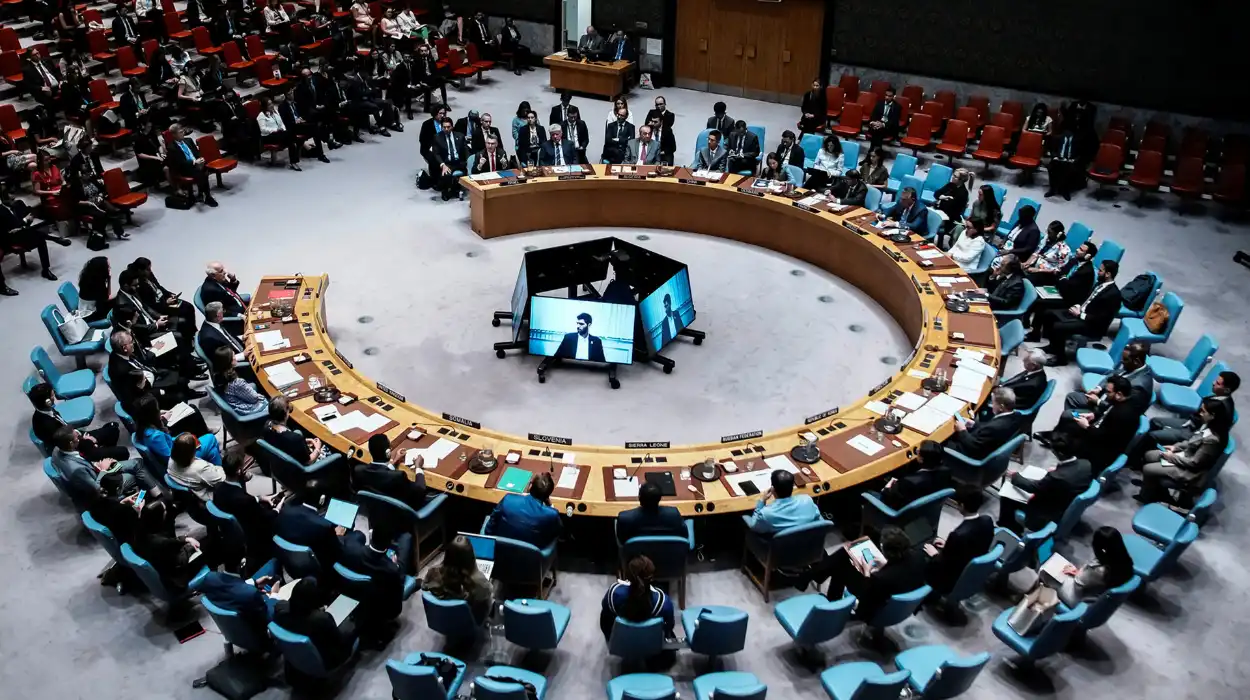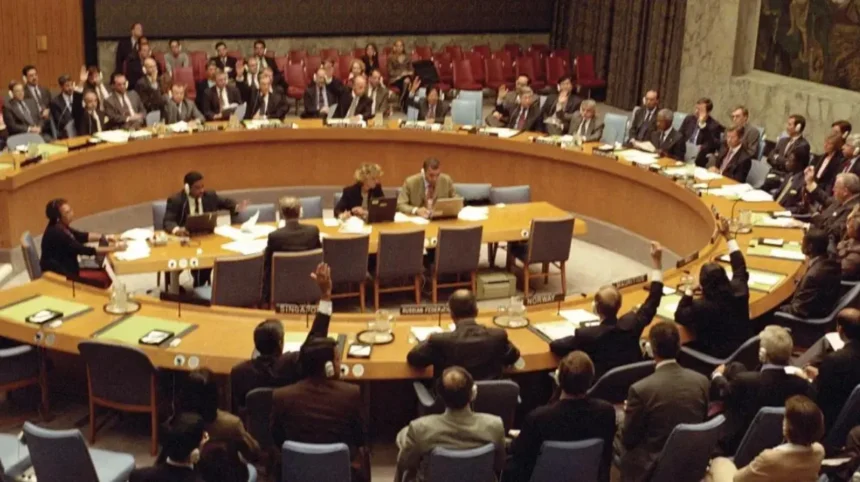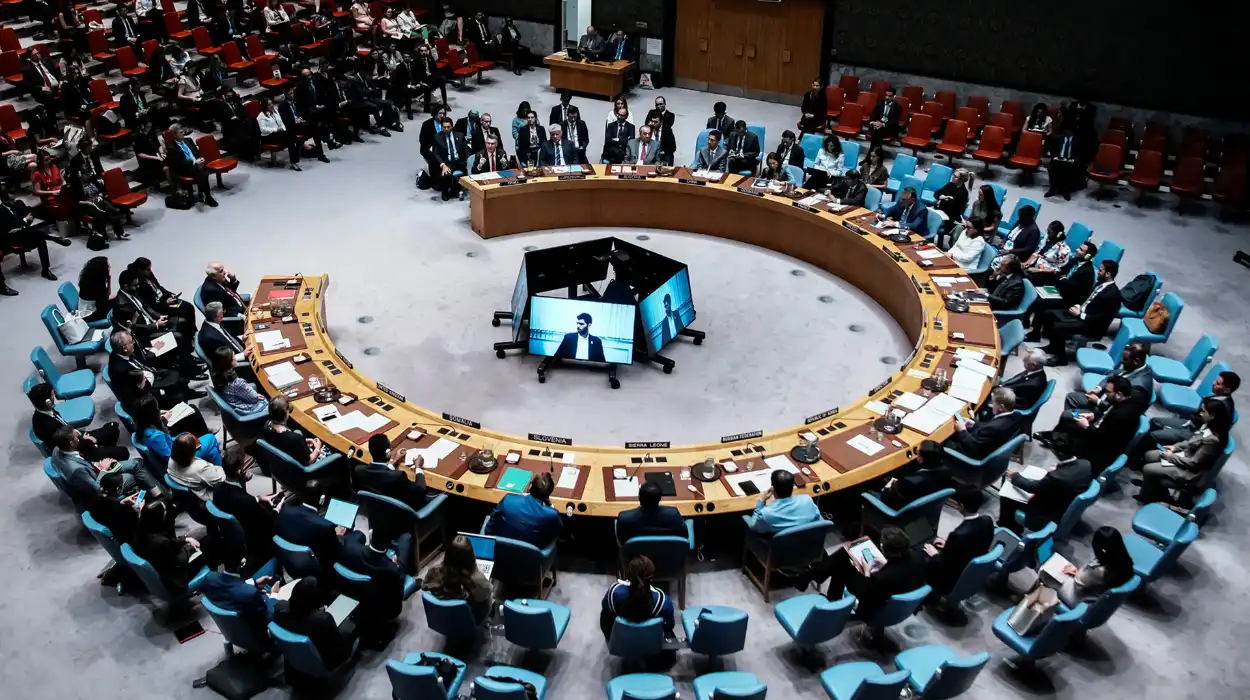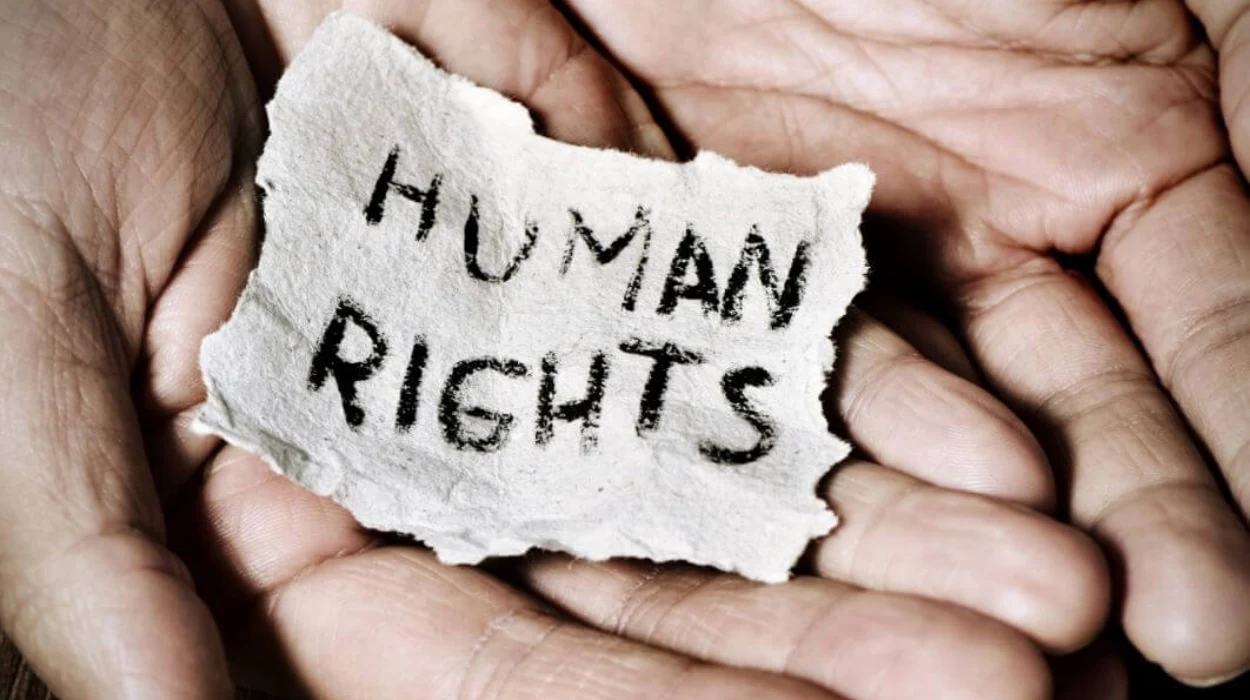Counter terrorism has become one of the most broad foundations of the United Nations, and this is partly because of the language used in the Security Council. This development has not merely been a response to the outside threats of the world over the past 25 years. Rather, it has been considerably influenced by the internal processes of defining, discourse and priority of terrorism by the UN and its member states as they exist in institutional configurations.
According to a corpus-based discourse analysis of Security Council transcripts, the frequency of such terms as terrorism, radicalisation as well as violent extremism have increased significantly. These words no longer refer to strictly defined security threats, but instead they have become broadly classified to include politically charged acts, ideological opposition, and even some criminal acts. This linguistic malleability has allowed states to facilitate counter-terrorism policies that go way beyond conventional reactions to violence, and that, in many instances, do coincide with domestic political interests.
Another way the institutional architecture has increased has been with the growth of counter-terrorism at the UN. What started as isolated actions has evolved into an arrangement of dozens of UN agencies, coordinated by overlapping mandate and mechanisms all in the view as being the necessary actions to counter terrorism, even in cases where the very nature of the threat is still fluid or subject to political disagreements.
Institutional phases of counter-terrorism development
Until September 11, 2001, the UN dealt with terrorism mostly by using legal tools, aimed at international conventions and bilateral treaties. This was very small-minded and mainly about hijackings or bombings and was not cohesively institutionalized within the UN system.
Post-9/11 expansion and institutional urgency
The 9/11 attacks have been a turning point. Security council resolution 1373 established the Counter-Terrorism Committee (CTC), the first step in a period of accelerated institutionalization. States had to freeze terrorist funds, criminalize terror activities and tighten border controls. In 2004, the Counter-Terrorism Executive Directorate (CTED) was established, which entrenched a long-term system of compliance monitoring.
The strategy of the UN between 2001 and 2014 changed to structural entrenchment, compared to reactive policy. Terrorism would henceforth remain a staple on the Security Council agenda, and several task forces and strategies were developed, such as the Global Counter-Terrorism Strategy adopted by the General Assembly in 2006.
ISIS, foreign fighters, and a new panic cycle
The new urgency was created with the appearance of ISIS in 2014 and the influx of foreign terrorist fighters. This was the time when such concepts as violent extremism entered the UN lexicon. The counter-terrorism rhetoric grew stronger between 2014 and 2016 as the number of references to extremism in conversations in the Council exceeded 200 each year. This resurgence of the panic atmosphere made it possible to pass resolutions allowing extensive tracking of Internet content, international travel and financial transactions, increasing the role of UN participation.
Institutional consolidation since 2017
By 2017 the UN had embarked on an institutional consolidation phase. When the UN Office of Counter-Terrorism (UNOCT) was founded, a centralization of effort occurred. The Global Counter-Terrorism Coordination Compact was created in order to connect more than 46 UN organizations under one umbrella, including the education and health sector to border management and law enforcement.
This model still outlines the coordination of counter-terrorism in 2025. UNOCT presently manages strategic planning, technical assistance and capacity building activities around the world with an expanding budget and mandate.
Shifting geopolitical leadership in counter-terrorism rhetoric
During the immediate post 9/11 era, the United States led in Security Council discussions on the subject of terrorism. The language and institutional response were influenced by American influence, and tend to make an attempt to view terrorism within a global civilizational frame. Nonetheless, in recent years (since 2015), Russia and China have been leading in terms of the frequency and framing of the references to the process of terrorism.
This rebalancing is of a greater geopolitical nature. Russia and China have also used counter-terrorism as a means of justification of domestic policies, including Russian intervention in the Caucasus and Chinese intervention in Xinjiang. Their increasingly rhetorical leadership also suggests a more securitized conceptualization of terrorism, with a common focus on sovereignty, state stability and non-interference.
Secretariat advocacy and internal institutional momentum
Discourse has been made by UN leadership as well. Secretary-General Antonio Guterres has been an ardent supporter of the expansion of UNOCT and has consistently associated terrorism with development, digital risks, and peacebuilding. These interests have strengthened the bureaucratic incentive to broaden counter-terrorism mandates because of the alignment between the leadership of the Secretariat and the security agendas of the member states.
What some observers have termed a self-perpetuating mandate inflation cycle has been fuelled by the internal impetus of the UN system, with departments and agencies striving to become relevant and to receive funding.
Risks of overextension and definitional ambiguity
A key argument against 2025 is that the definition of terrorism and extremism by the UN is becoming more elastic. The use of terms like violent extremism and radicalisation are vague, thus they can be interpreted widely. Although originally used in reference to online recruitment and ideological brainwash, these words are currently used in contexts as diverse as youth disaffection or protest activism.
These ambiguities have ramifications to practice. Security Council rhetoric has been used by countries to excuse crackdowns on dissent or opposition movements within their countries. This is further aggravated by the lack of a universally agreed definition of terrorism that has allowed states to use counter-terrorism systems to serve their own political interests.
Redundancy and mission overlap
By 2025, over 46 UN agencies are in some way doing some kind of counter-terrorism related activity. Although there are coordination mechanisms, the size of overlap is a source of concern over efficiency and accountability. Other bodies might also work with the same governments or civil society actors using similar programming, and cause donor fatigue and uneven implementation.
In addition, securitization of other non-security areas, like education or communal health, could be prejudiced to a misalignment of the very mandates of the areas. As an illustration, youth development programs have been repackaged as rather preventive of violent extremism, which can stand in the way of their practical success and stigmatize recipients.
Balancing security with human rights and development
The development of counter-terrorism architecture has developed a conflict with humanitarian standards. Non-governmental organizations in conflict areas also tend to encounter regulatory challenges associated with counter terrorism funding limitations. Even in cases where life-saving aid is involved, inclusion of ambiguous language related to extremism in donor agreements has disheartened work in sensitive fields.
The practice of surveillance, without trial detention and pre-emptive policing, which are all included in the counter-terrorism banner, have been alarmingly normalized globally by human rights experts. The 2025 High-Level Forum on Human Rights and Counter-Terrorism stressed the necessity to reestablish the balance between state security and human rights.
The case for reform
Reform protests have increased. Policy experts call for the scope of counter-terrorism in the UN to be more defined based on clear definitions, proportional response and respect to due process. Other ideas involve revising the mandate of UNOCT to more strictly focus on core security operations, with wider-ranging initiatives of soft power devolved to development agencies.
Others advocate for an independent review of counter-terrorism programming across the UN system, assessing effectiveness, duplication, and alignment with the Sustainable Development Goals. These reform discussions are ongoing in Geneva and New York, with a 2025 summit scheduled to revisit the Global Counter-Terrorism Strategy.
The rise of counter-terrorism as a dominant theme within the United Nations showcases how discourse can reshape institutional agendas. What began as a narrow response to security threats has evolved through rhetorical
amplification and strategic framing into one of the largest and most complex areas of UN engagement. As member states and UN leadership continue to invoke terrorism as a global priority, the challenge lies in ensuring that the system built around this fear remains proportionate, effective, and aligned with the broader goals of peace, rights, and development. The politics of fear may have shaped the past quarter-century, but the next chapter will depend on whether governance can keep pace with its own narrative.


